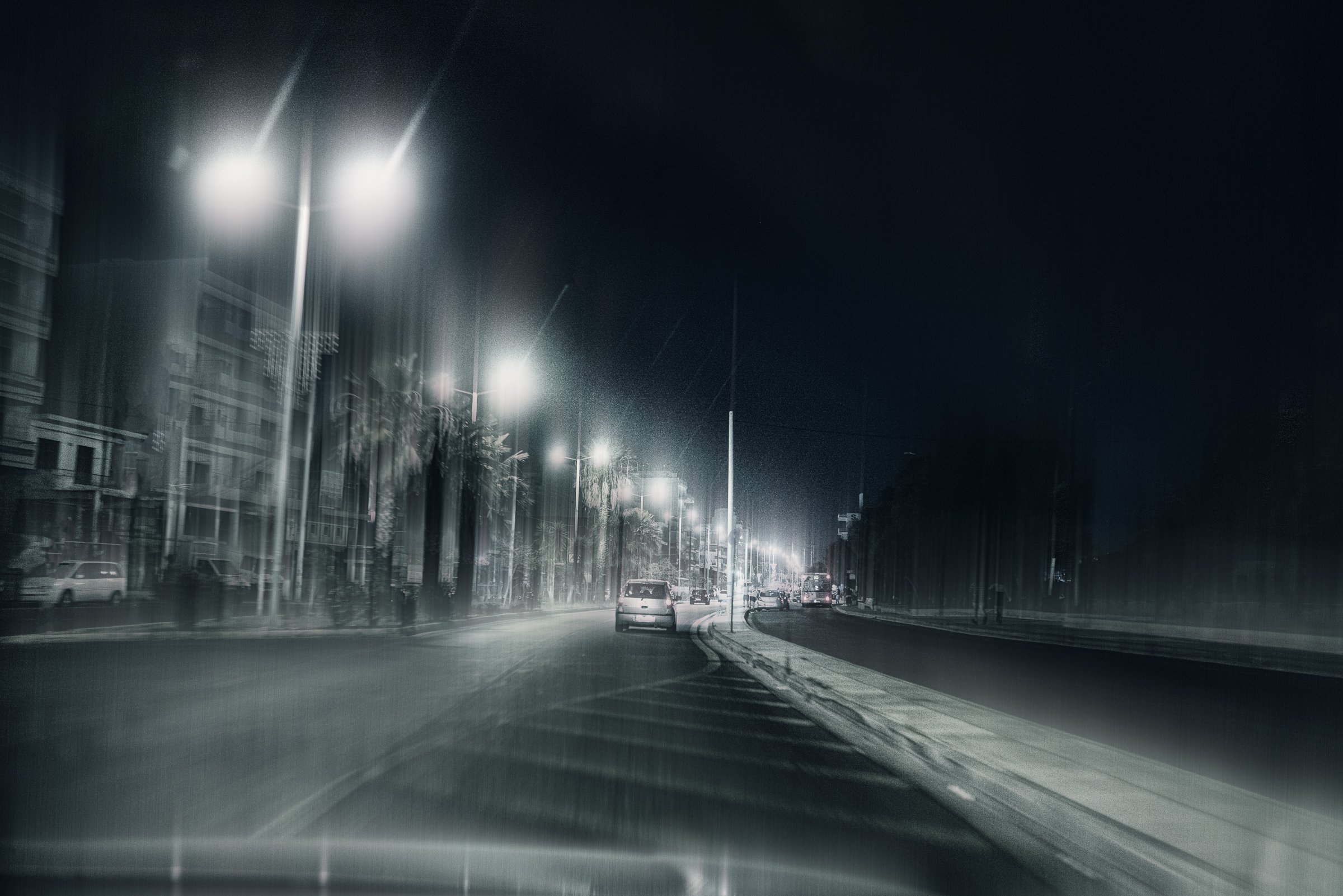Since I started shooting nudes, I have been trying to shoot the nude body as an extension of creating portraits. As a way of giving the nude body expression by pointing out the character of my model.
When I shoot portraits, I usually combine an “Inner Core” session with shooting conventional portraits or nude portraits. This means that I start a photo session by asking my model to do an activity that gets her or him as closely as possible to their feelings of that very moment. This can be by doing an activity like dancing, yoga, or just by sensing what kind of feelings my model can discover inside in that very moment. Following these feelings I start taking pictures with long exposure times.
If you are interested in this process you might want to read some blog articles on this website about the Inner Core Project.
This way of starting a photo shoot, let it be portrait or a nude session can be confusing or sometimes even irritating for my models. Particularly professional models have learned to “pose”, to take a certain body position with a particular expression that they hold for a moment to give the photographer the opportunity to take a good picture without running the risk of motion blurred pictures. Asking to express their feelings of that very moment instead of striking a pose can be indeed confusing. However, it is a great gateway into shooting pictures with natural expression.
Now let’s talk about sensuality. The way I just described a photo shoot, it sounds reasonable that for the models who are trying to tap into their feelings of that very moment, sensuality is not what will occur to them immediately. In an often unknown environment, with a photographer that they have not met before, being asked to tap into their feelings, sensuality will not be the first thing they will bump into. And I am ok with that. I’m not aiming at evoking sensual feelings but a natural flow, whatever comes up in a photo shoot. I leave it open to the model where they are heading.
And then there was Kisilda. Kisilda is a young photo model from Athens. I shot with her in May 2024. As many photo models in Athens, she uses modeling as a way of adding some income to their relatively small portfolio. Kisilda agreed to having the photo shoot at my apartment in Athens. As she doesn’t have a car, we agreed to me picking her up from the Metro station and to walk together to my place. During that walk she came across as a shy, a little insecure person who did not give away about very much herself in our first conversation.
Confronted with my request to express herself during the photo shoot instead of striking the usual poses, she found it difficult to find a starting point. We started slowly with some portraits in underwear. But very soon she had the knack of the idea and what followed then was a firework of expressions, movements, crazy ideas and silly behavior that was a joy to follow and capture.
She behaved naturally and without inhibition. And that also in the way she expressed her nudity during the shooting. It was as if she was flirting with the camera. That way we created a beautiful series of sensual pictures without me trying to prompt or urge her in any way.
After that photo shoot I had the feeling “what the heck was that?”, and I was thinking that it was far too fast, too distracted, in a way all over the place. And that was indeed the case. But the pictures that we created were beautiful with a great variety of feelings and expression. And with a natural sensuality that the viewer can perceive in the pictures of this photo shoot.



































